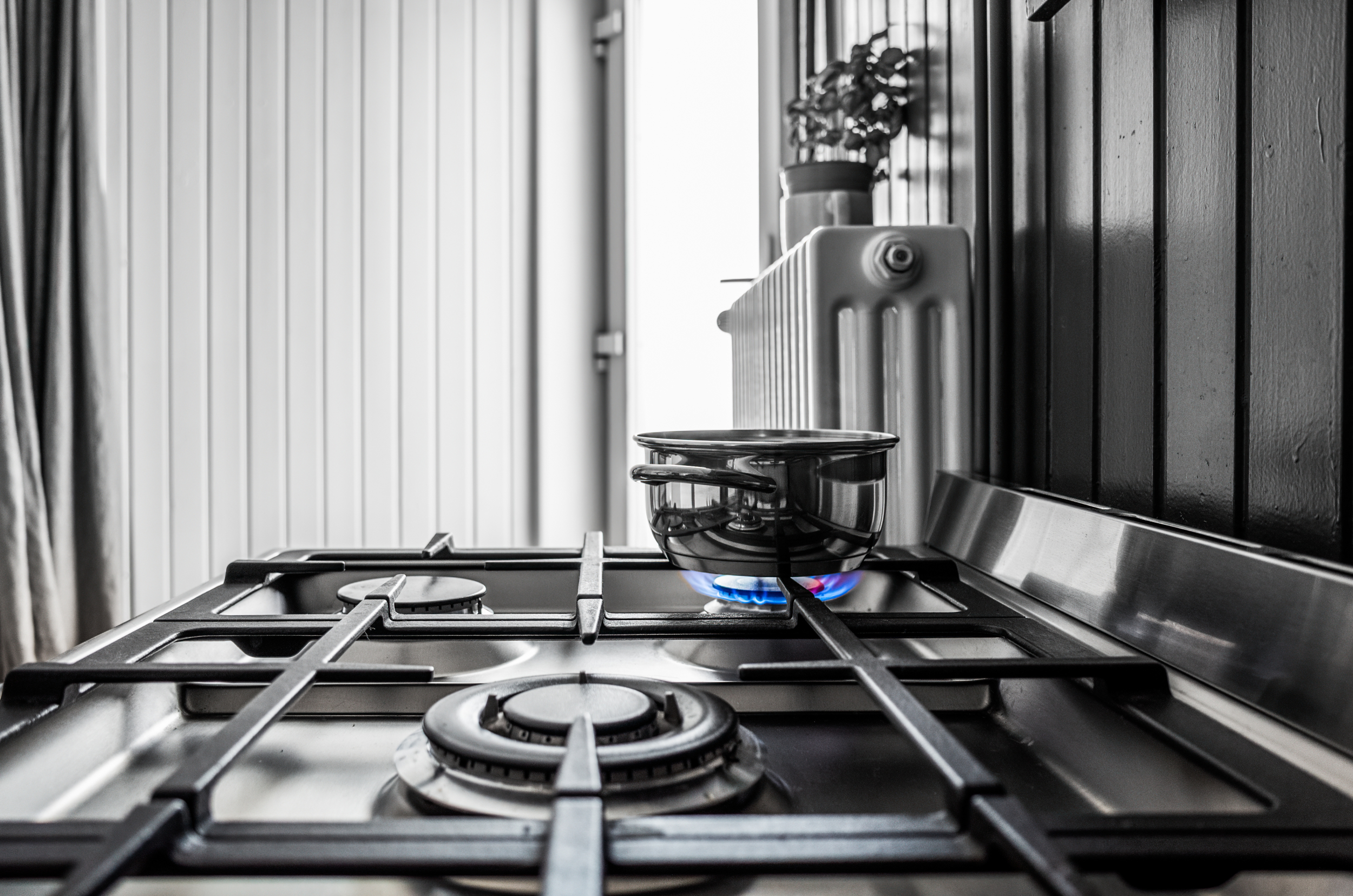People living in households with gas or propane stoves breathe in unhealthy levels of nitrogen dioxide, with the increased levels linked to around 50,000 cases of pediatric asthma, a recent study on air pollution in U.S. households revealed.
As per the results published in the journal Science Advances, the average yearly exposure to nitrogen dioxide from gas and propane stoves in U.S. homes may be close to the World Health Organization’s exposure limit.
The study also noted that even hours after the burners were turned off, the concentration of nitrogen dioxide was high in bedrooms that are typically far from kitchens, frequently exceeding health limits.
“I didn’t expect to see pollutant concentrations breach health benchmarks in bedrooms within an hour of gas stove use, and stay there for hours after the stove is turned off,” said senior author, Professor Rob Jackson from Stanford Doerr School of Sustainability, in a news release.
“Pollution from gas and propane stoves isn’t just an issue for cooks or people in the kitchen. It’s the whole family’s problem,” Jackson said.
The researchers caution that breathing high levels of nitrogen dioxide over time can intensify asthma attacks and are linked to decreased lung development in children and early deaths. Long-term exposure to nitrogen dioxide from gas stoves is high enough to cause around 19,000 deaths each year, or 40% of the number of deaths linked annually to secondhand smoke.
For the study, researchers utilized sensors to monitor NO2 concentrations in over 100 homes that have different sizes, layouts, and ventilation setups, both before, during, and after stove usage. After integrating these measurements and additional data into a model driven by National Institutes of Standards and Technology (NIST) software called CONTAM that simulates airflow, contaminant transport, and occupant exposure room by room in buildings, they estimated national averages and short-term exposures across various realistic conditions and behaviors.
“The results show that nationwide, typical use of a gas or propane stove increases exposure to nitrogen dioxide by an estimated 4 parts per billion, averaged over a year. That’s three quarters of the way to the nitrogen dioxide exposure level that the World Health Organization recognizes as unsafe in outdoor air,” the researchers wrote.
Although the concentration of nitrogen dioxide also rose to unhealthy levels in larger homes, people living in houses smaller than 800 square feet were exposed to twice as much nitrogen dioxide over the course of a year compared to the national average.
“Because home size makes such a difference, there are also differences in exposure across racial, ethnic, and income groups. Compared to the national average, the researchers found long-term NO2 exposure is 60% higher among American Indian and Alaska Native households, and 20% higher among Black and Hispanic or Latino households,” the researchers added.
